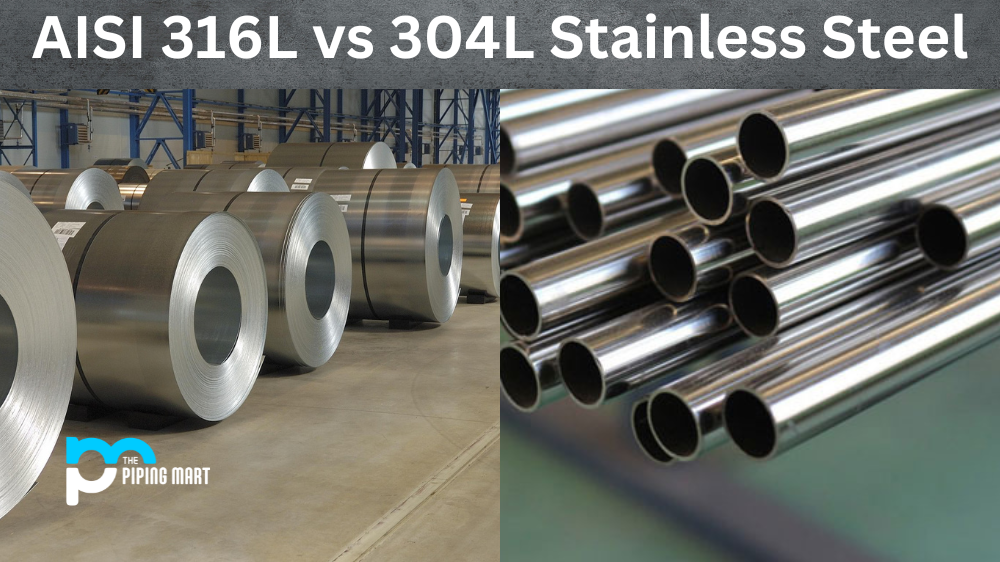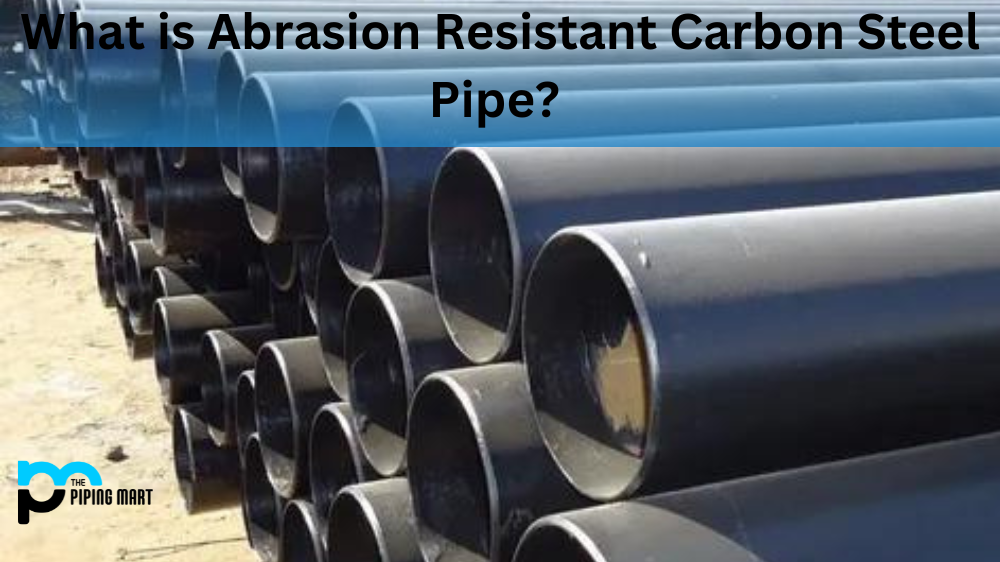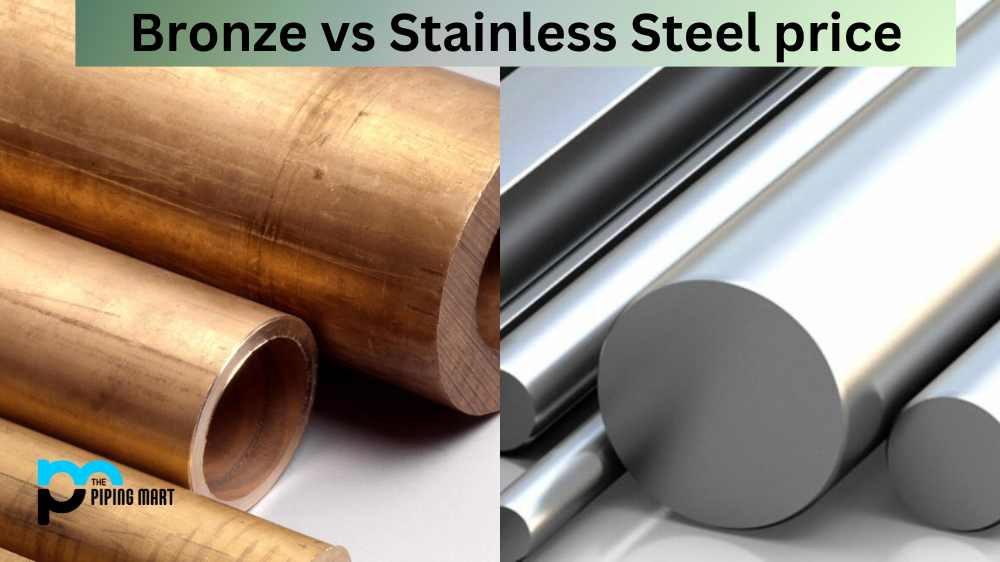AISI 316L and 304L stainless steel are two of the market’s most commonly used stainless steel. Both types of steel offer a variety of beneficial properties, but understanding the differences between them is critical for selecting the right material for the job. Let’s take a closer look at what sets these two metals apart.
Difference Between AISI 316L and 304L Stainless Steel
Corrosion Resistance
When it comes to corrosion resistance, both AISI 316L and 304L stainless steel offer superior protection against a wide range of corrosive agents. However, 316L offers better resistance than 304L in environments with higher chloride concentrations, such as marine and coastal applications. Additionally, 316L has higher strength at elevated temperatures than 304L—making it well-suited for use in high-temperature applications like boilers and heat exchangers.
Formability and Weldability
AISI 304L offers greater formability than 316L due to its higher content of chromium and nickel; however, this also makes it more prone to work hardening when cooled from hot forming processes. In terms of weldability, both grades have good weldability characteristics—but 316L is preferred because it offers better corrosion resistance after welding due to its higher molybdenum content.
Cost Considerations
The cost difference between AISI 316L and 304L can be significant depending on the application. Generally speaking, 304L is less expensive but may not provide adequate corrosion protection for certain applications with higher levels of chlorides. However, if cost is your primary concern, then you will likely be able to use 304L in most cases without sacrificing performance or longevity.
AISI 316L is more resistant to corrosion than 304L.
This is due to the fact that 316L contains molybdenum, which gives it better corrosion resistance in harsh environments. Additionally, 316L is also resistant to pitting and crevice corrosion.
AISI 316L has a higher tensile strength than 304L.
This means that it can withstand higher stresses without breaking. Additionally, 316L has a higher yield strength, meaning that it will retain its shape under load better than 304L.
AISI 316L has a higher melting point than 304L.
This is due to the fact that 316L contains more chromium, which increases its melting point. Additionally, the molybdenum in 316L helps to improve its resistance to high temperatures.
AISI 316L is more expensive than 304L.
This is because 316L contains molybdenum, which is a relatively rare element. Additionally, the manufacturing process for 316L is more complex than that of 304L, resulting in higher production costs.
AISI 316L is more difficult to weld than 304L.
This is because 16L contains molybdenum, which can make welding difficult. Additionally, the high carbon content of 316L can make it susceptible to cracking during welding.
Conclusion:
In conclusion, when deciding between AISI 316l vs 304l stainless steel, consider your specific application needs before making a decision. While both metals offer superior corrosion resistance and weldability characteristics, there are key differences that could make one material more suitable than another in some cases—especially when considering their cost difference. The best way to ensure that you choose the right metal for your project is to consult an experienced professional who can help select the best option for you based on your needs and budget requirements.

A passionate metal industry expert and blogger. With over 5 years of experience in the field, Palak brings a wealth of knowledge and insight to her writing. Whether discussing the latest trends in the metal industry or sharing tips, she is dedicated to helping others succeed in the metal industry.




